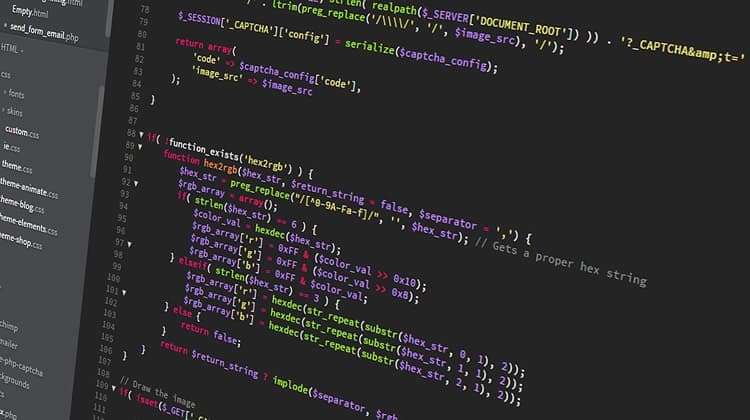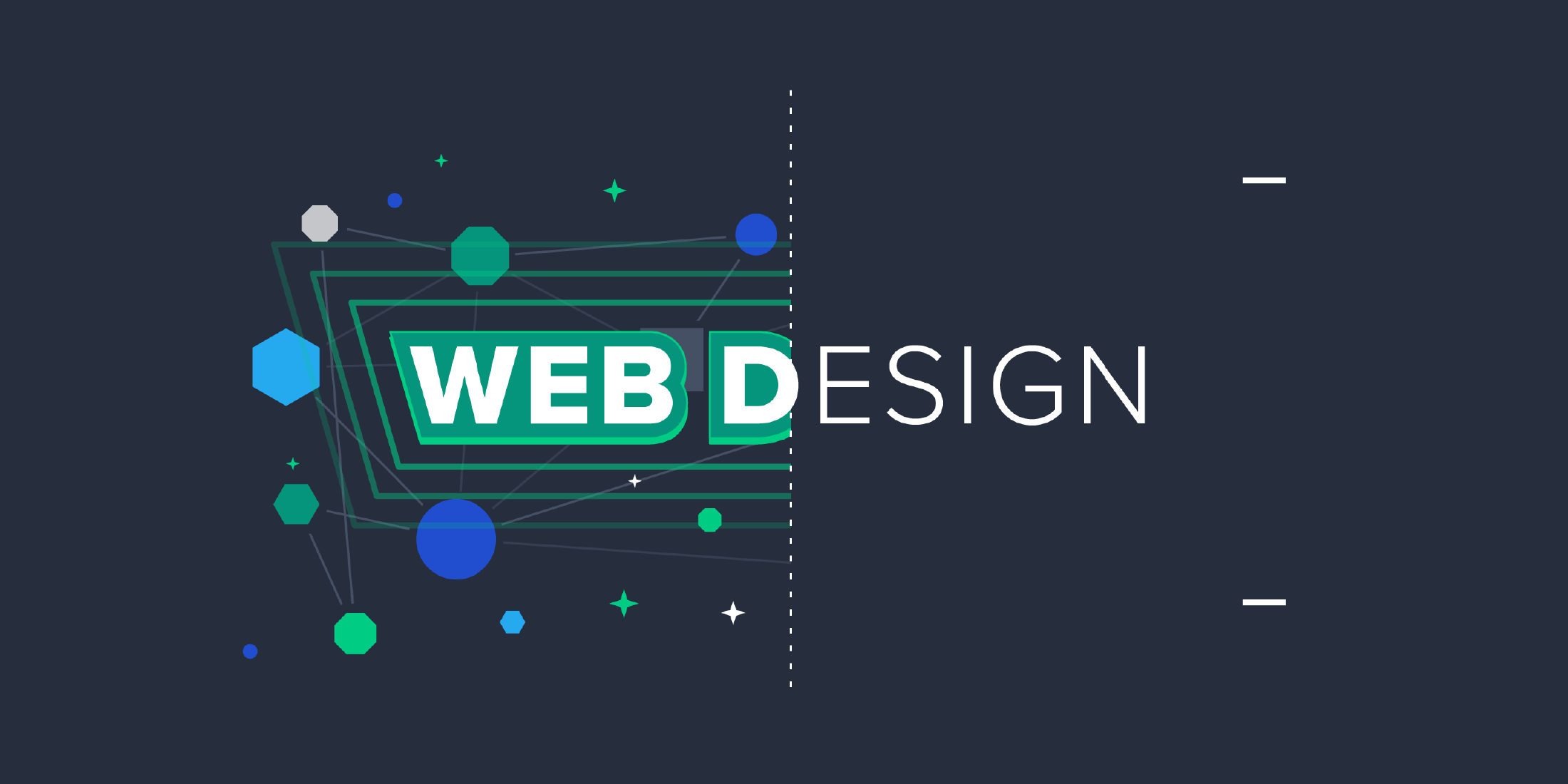All Categories
Featured
Table of Contents
- – Law Firm Website Design, Attorney Web Design, ...
- – Web Design Museum 1991 – 2006 Tips and Tricks:
- – Web Design Scholarship - Nyc Digital Marketin...
- – Beginner's Guide: How To Learn Web Design At ...
- – Modern Website Designs - Best Web Page Design...
- – Web Designer: Learn The 9 Skills You Need In ...
- – Web Design - Website Design Tutorials, Artic...
- – Web Development Bachelor's Degree - Full Sai...
- – Minneapolis Web Design - 100+ Five Star Revi...
- – Web Design Certificate - Web Development Cer...
- – Minneapolis Web Design - 100+ Five Star Revi...
Law Firm Website Design, Attorney Web Design, Lawyer ... Tips and Tricks:
Quick summary Functionality and the energy, not the visual design, determine the success or failure of a website. Considering that the visitor of the page is the only individual who clicks the mouse and therefore decides whatever, user-centric style has actually established as a basic approach for successful and profit-oriented web style - web design frederick md.
and the utility, not the visual design, figure out the success or failure of a website. Given that the visitor of the page is the only person who clicks the mouse and therefore chooses everything, user-centric design has actually become a basic approach for successful and profit-oriented web style. If users can't utilize a feature, it might as well not exist.
g. where the search box must be positioned) as it has currently been done in a variety of posts; rather we concentrate on the techniques which, utilized effectively, can lead to more advanced design choices and streamline the procedure of viewing provided info. Please observe that you may be interested in the usability-related articles we've published prior to: Principles Of Excellent Website Style And Effective Website Design Standards, In order to use the concepts properly we first need to comprehend how users interact with sites, how they think and what are the fundamental patterns of users' behavior.
Web Design Museum 1991 – 2006 Tips and Tricks:
Visitors look at each new page, scan a few of the text, and click the first link that catches their interest or vaguely looks like the important things they're searching for. There are big parts of the page they don't even look at. Many users search for something intriguing (or useful) and clickable; as quickly as some appealing prospects are found, users click.
If a page offers users with high-quality content, they want to compromise the material with advertisements and the design of the website. This is the reason not-that-well-designed sites with premium content gain a lot of traffic over years. Material is more essential than the style which supports it.

Extremely simple concept: If a website isn't able to meet users' expectations, then designer failed to get his task done correctly and the business loses cash. The higher is the cognitive load and the less instinctive is the navigation, the more prepared are users to leave the site and search for options.
Web Design Scholarship - Nyc Digital Marketing Agency Tips and Tricks:
Neither do they scan web page in a direct style, going sequentially from one website section to another one. Instead users satisfice; they choose the very first reasonable alternative. As quickly as they find a link that seems like it might result in the goal, there is a great possibility that it will be instantly clicked.
It does not matter to us if we comprehend how things work, as long as we can utilize them. If your audience is going to imitate you're designing billboard, then design excellent signboards." Users desire to be able to control their browser and count on the constant data presentation throughout the website.
If the navigation and website architecture aren't instinctive, the variety of concern marks grows and makes it harder for users to understand how the system works and how to receive from point A to point B. A clear structure, moderate visual clues and easily recognizable links can help users to discover their path to their aim.
Beginner's Guide: How To Learn Web Design At Home - Medium Tips and Tricks:

Given that users tend to check out sites according to the "F"-pattern, these three declarations would be the very first aspects users will see on the page once it is packed. The design itself is simple and user-friendly, to understand what the page is about the user requires to browse for the response.
As soon as you've attained this, you can communicate why the system is helpful and how users can benefit from it. Do Not Waste Users' Patience, In every project when you are going to offer your visitors some service or tool, attempt to keep your user requirements minimal.
First-time visitors are prepared to, not filling long web forms for an account they might never use in the future. Let users check out the website and find your services without forcing them into sharing private information. It's not sensible to force users to get in an e-mail address to check the feature.
Modern Website Designs - Best Web Page Designers Tips and Tricks:
Stikkit is an ideal example for an user-friendly service which needs nearly absolutely nothing from the visitor which is inconspicuous and comforting. And that's what you want your users to feel on your website. Obviously, Mite needs more. The registration can be done in less than 30 seconds as the kind has horizontal orientation, the user doesn't even need to scroll the page.
A user registration alone is enough of an obstacle to user navigation to reduce inbound traffic. 3. Manage To Focus Users' Attention, As sites supply both fixed and dynamic material, some elements of the interface attract attention more than others do. Obviously, images are more distinctive than the text simply as the sentences marked as vibrant are more attractive than plain text.
Focusing users' attention to particular areas of the site with a moderate use of visual components can assist your visitors to obtain from point A to point B without thinking of how it actually is supposed to be done. The less enigma visitors have, the they have and the more trust they can develop towards the business the website represents.
Web Designer: Learn The 9 Skills You Need In 2022 - Skillcrush Tips and Tricks:
Aim For Feature Exposure, Modern web styles are normally criticized due to their technique of directing users with visually appealing 1-2-3-done-steps, big buttons with visual impacts etc. From the design perspective these elements really aren't a bad thing.
The website has 9 primary navigation alternatives which are noticeable at the first glance. The choice of colors may be too light. is a fundamental principle of successful interface style. It doesn't actually matter how this is attained. What matters is that the content is well-understood and visitors feel comfortable with the way they interact with the system.
Rather a rate: just what visitors are looking for. An optimum option for effective writing is touse short and concise expressions (come to the point as rapidly as possible), usage scannable design (classify the material, utilize several heading levels, use visual aspects and bulleted lists which break the flow of consistent text blocks), usage plain and objective language (a promo does not require to sound like ad; give your users some sensible and unbiased factor why they need to utilize your service or stay on your site)6.
Web Design - Website Design Tutorials, Articles And Free Stuff Tips and Tricks:
Users are rarely on a site to enjoy the design; furthermore, in a lot of cases they are trying to find the information regardless of the design - web design frederick md. Pursue simplicity rather of complexity. From the visitors' viewpoint, the very best website design is a pure text, with no ads or further content obstructs matching exactly the question visitors used or the content they've been trying to find.
Finch plainly presents the info about the site and provides visitors an option of alternatives without overcrowding them with unnecessary content. Not only does it help to for the visitors, however it makes it possible to view the information presented on the screen.
Complex structures are harder to check out, scan, examine and deal with. If you have the option in between separating 2 style sections by a noticeable line or by some whitespace, it's typically better to use the whitespace solution. (Simon's Law): the better you manage to provide users with a sense of visual hierarchy, the simpler your material will be to view.
Web Development Bachelor's Degree - Full Sail University Tips and Tricks:
The same conventions and guidelines need to be applied to all elements.: do the most with the least amount of hints and visual aspects. 4 major points to be thought about: simpleness, clarity, diversity, and focus. Simplicity consists of only the aspects that are crucial for interaction. Clearness: all elements need to be designed so their significance is not uncertain.
Conventions Are Our Friends, Conventional design of website elements doesn't result in a boring web website. As they lower the discovering curve, the need to figure out how things work. For example, it would be an use headache if all sites had different visual discussion of RSS-feeds. That's not that different from our routine life where we tend to get used to fundamental principles of how we arrange information (folders) or do shopping (placement of products).
understand what they're anticipating from a website navigation, text structure, search positioning etc. A typical example from usability sessions is to equate the page in Japanese (presuming your web users don't know Japanese, e. g. with Babelfish) and provide your usability testers with a task to discover something in the page of different language.
Minneapolis Web Design - 100+ Five Star Reviews - Seo ... Tips and Tricks:
Steve Krug recommends that it's better to, but take advantages of conventions when you do not. 10. Test Early, Test Frequently, This so-called TETO-principle needs to be applied to every web design job as use tests typically offer into significant problems and concerns related to a provided design. Test not too late, not insufficient and not for the wrong reasons.
Some crucial indicate bear in mind: according to Steve Krug, and testing one user early in the job is better than screening 50 near completion. Accoring to Boehm's very first law, errors are most frequent during requirements and design activities and are the more costly the later they are eliminated.
That means that you develop something, test it, fix it and after that test it again. There may be problems which have not been found during the first round as users were almost blocked by other issues. use tests. Either you'll be indicated the issues you have or you'll be indicated the absence of significant design defects which is in both cases a beneficial insight for your project.
Web Design Certificate - Web Development Certificate Program Tips and Tricks:

This holds for designers too. After you've dealt with a site for few weeks, you can't observe it from a fresh viewpoint anymore. You understand how it is built and therefore you know precisely how it works you have the knowledge independent testers and visitors of your website would not have.
It can be linked to other locations such as graphic design, user experience, and multimedia arts, but is more appropriately seen from a technological perspective. It has actually ended up being a big part of individuals's everyday lives. It is tough to envision the Internet without animated graphics, different designs of typography, background, videos and music.

Throughout 1991 to 1993 the Web was born. Text-only pages could be viewed using a simple line-mode web browser. In 1993 Marc Andreessen and Eric Bina, created the Mosaic web browser. At the time there were numerous browsers, nevertheless the majority of them were Unix-based and naturally text heavy. There had been no integrated technique to graphic design components such as images or sounds.
Minneapolis Web Design - 100+ Five Star Reviews - Seo ... Tips and Tricks:
The W3C was developed in October 1994 to "lead the Internet to its full potential by establishing typical procedures that promote its advancement and guarantee its interoperability." This discouraged any one business from monopolizing a propriety browser and programming language, which might have altered the impact of the Web as a whole.
As this has happened the technology of the web has actually likewise moved on. There have actually also been substantial changes in the way people use and access the web, and this has actually altered how sites are designed.
Learn more about Lovell Media Group LLC or TrainACETable of Contents
- – Law Firm Website Design, Attorney Web Design, ...
- – Web Design Museum 1991 – 2006 Tips and Tricks:
- – Web Design Scholarship - Nyc Digital Marketin...
- – Beginner's Guide: How To Learn Web Design At ...
- – Modern Website Designs - Best Web Page Design...
- – Web Designer: Learn The 9 Skills You Need In ...
- – Web Design - Website Design Tutorials, Artic...
- – Web Development Bachelor's Degree - Full Sai...
- – Minneapolis Web Design - 100+ Five Star Revi...
- – Web Design Certificate - Web Development Cer...
- – Minneapolis Web Design - 100+ Five Star Revi...
Latest Posts
Web Design Online Course:
Web Design Certificate - Web Development Certificate Program Tips and Tricks:
$899 - Custom Mobile Friendly Website Design By Go Web ... Tips and Tricks:
More
Latest Posts
Web Design Online Course:
Web Design Certificate - Web Development Certificate Program Tips and Tricks:
$899 - Custom Mobile Friendly Website Design By Go Web ... Tips and Tricks: